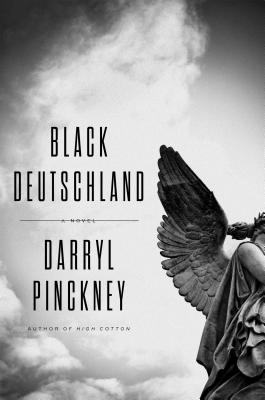
A Chicagoan Roams Berlin
Black Deutschland by Darryl Pinckney Farrar, Straus & Giroux. 294 pages, $26. THIS ENGAGING, highly literate second novel by Darryl Pinckney follows a young gay black man’s…More

Black Deutschland by Darryl Pinckney Farrar, Straus & Giroux. 294 pages, $26. THIS ENGAGING, highly literate second novel by Darryl Pinckney follows a young gay black man’s…More
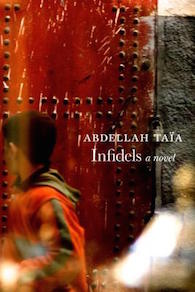
Infidels is perhaps best read after being introduced to Taïa’s earlier work in translation. In its multiple first-person voices, Taïa has certainly moved into new and challenging narrative territory. Like his previous work, Infidels is short and austere. He has created in Slima a memorable woman, neither a victim nor exactly a martyr. She is a force, seeking salvation on her own terms.
More
They’re Back! Over the years we’ve covered our share of anti-gay clergymen and politicians who were caught engaging in just the kind of activities that they habitually railed against in…More
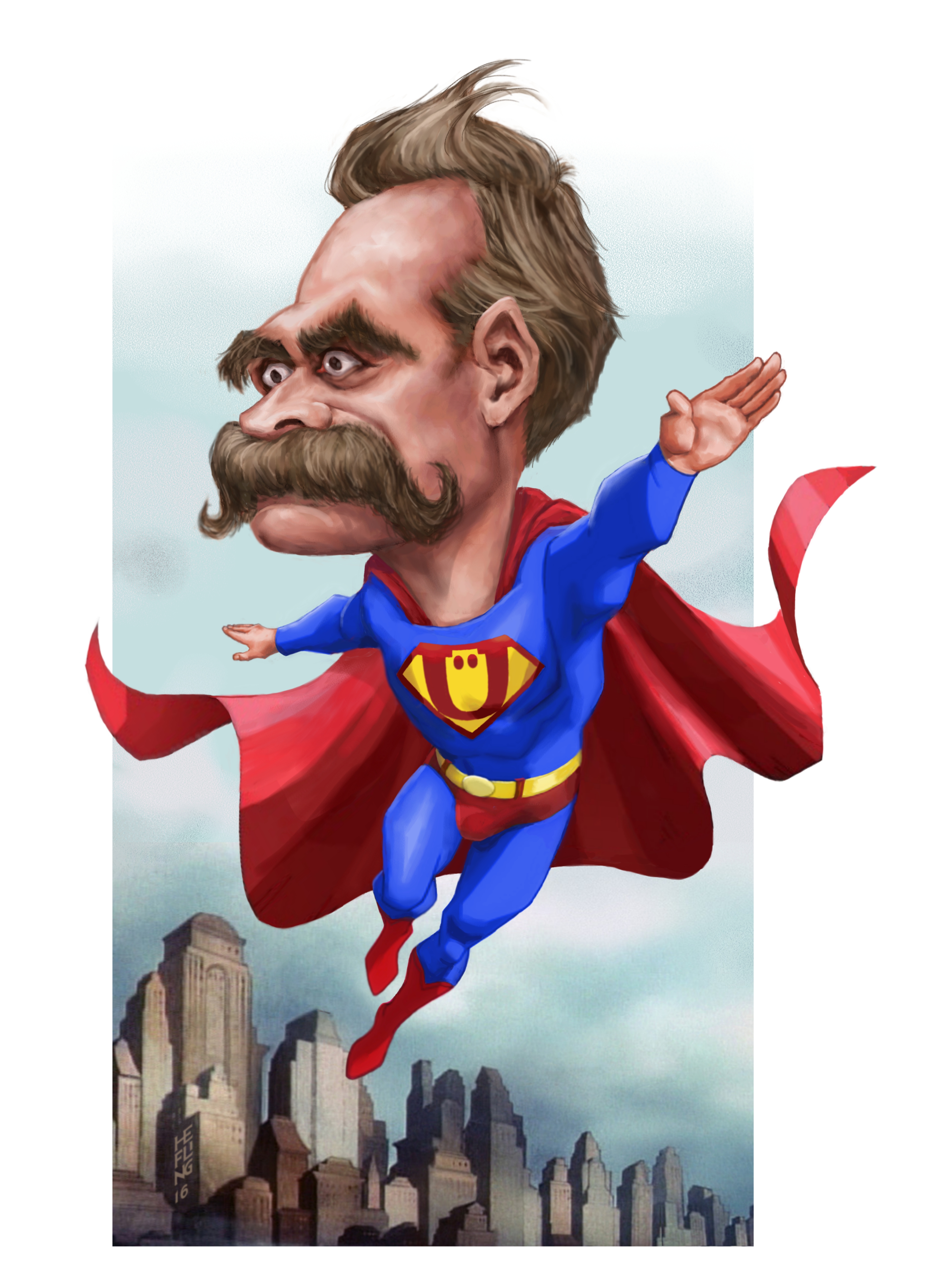
AT THE PEAK of his vitality, age 38, German philosopher Friedrich Nietzsche was sojourning in Genoa, Italy. He cruised the sandy shores in white slacks, a healthy tan, and a Panama hat. Back in his hotel, he wrote in his notebook: “[I am] experiencing a menacing, heart-rending attack of desire and savage, pent-up surges of emotion … moments of sudden madness when the lonely man embraces the first man to come his way and treat him as a precious gift from heaven.”
More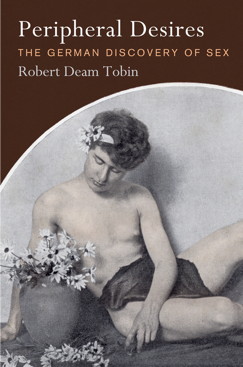
Later in the 19th century, the first open polemics would be published, and in 1897 the first activist organization would be founded. This brings us to the recently published Peripheral Desires: The German Discovery of Sex, by Robert Deam Tobin, Professor of German at Clark University. This is by no means the first book to cover the early homosexual emancipation movement of the late 19th and early 20th centuries. Indeed, I believe that honor falls to …
More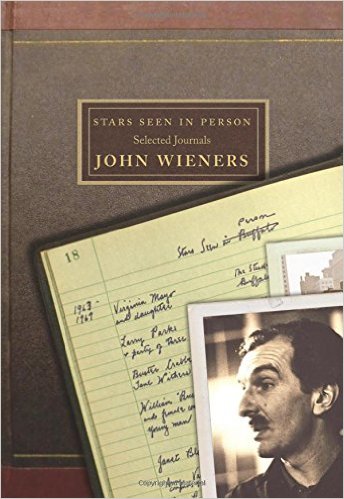
Stars Seen in Person is a good start toward reviving Wieners. Another step in this direction was the publication last year of a collection titled Supplication: Selected Poems of John Wieners (Wave Books).
MoreFROM THE STONEWALL INN to the public restroom—what a long, strange trip it has been. It was only a year ago that the Supreme Court’s 2015 Obergefell v. Hodges…More
IN NOVEMBER 2011, an undercover news crew ambushed me and my wife outside an organic butcher’s shop where we were picking up our Thanksgiving turkey. At the time, I…More
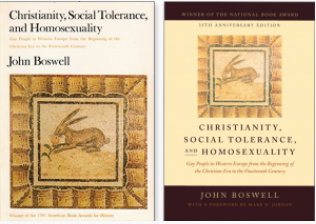
[Boswell] argued that the Bible is not hostile to modern understandings of homosexuality, having been misinterpreted by modern readings, and claimed that it wasn’t until the 12th or 13th century that any real hostility toward gay people emerged …
MoreGay Trauma Is Real: A Rebuttal To the Editor: I was deeply disturbed by what I experienced as the anti-psychological attitude of Ty Geltmaker and James Rosen’s letter in the March-April…More